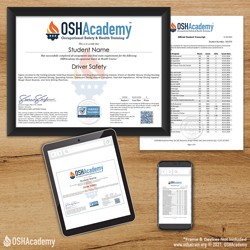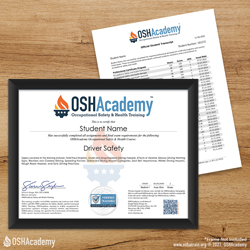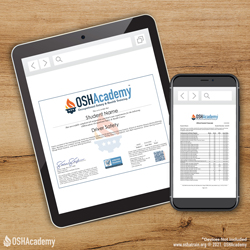Introduction
This course is an introduction to the hazards and safe practices necessary to prevent accidents while driving on roads and highways. It discusses hazards associated with drug-impaired driving, distracted driving, and reckless, careless, and aggressive driving. It also covers many safe practices drivers can use to prevent being a victim of a serious vehicle accident.
Course Objectives
| ID | Objective |
|---|---|
| TO 1.0 | Achieve a minimum score of 70% on the final course assessment. |
| LO 1.1.1 | List the "fatal four" most frequent causes of fatal accidents while driving and describe the factors that cause those accidents. |
| LO 1.1.2 | Describe the warning signs of drowsy driving. |
| LO 1.1.3 | Identify the most common substance causing drug-impaired driving in the U.S. |
| LO 1.1.4 | Discuss the importance of wearing seat belts when traveling. |
| LO 1.1.5 | Give examples of at least 3 kinds of hazards common on rough roads, and best practices to mitigate those hazards. |
| LO 1.1.6 | Give examples of at least 3 types of hazards associated with winter driving and best practices to mitigate those hazards. |
| LO 1.2.1 | Discuss safe driving practices associated with drinking alcohol, speeding and aggressive driving, reckless and careless driving, and drowsy driving |
| LO 1.2.2 | Discuss why it is important to wear seat belts even when your vehicle has airbags. |
Key: Terminal Objective (TO), Learning Objective (LO)



